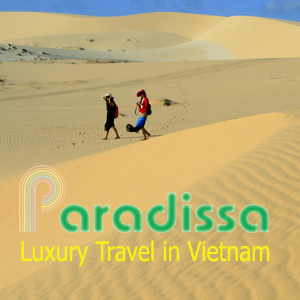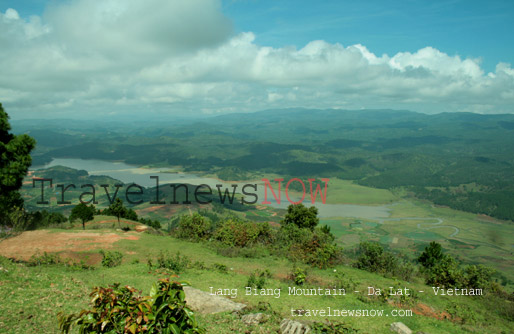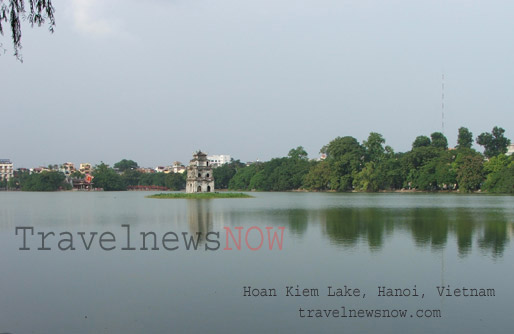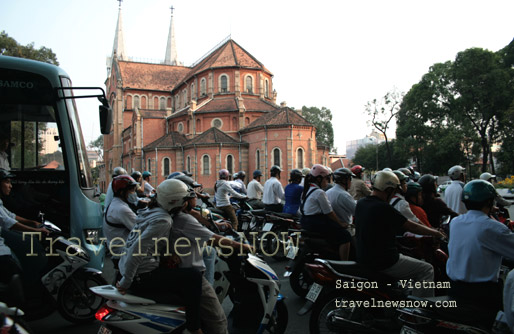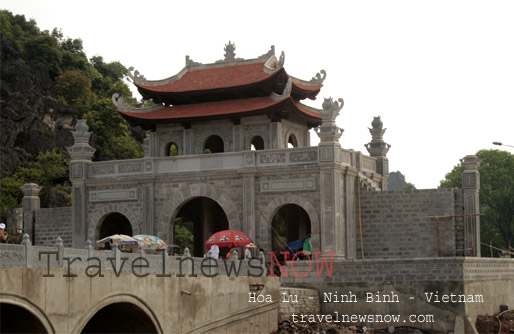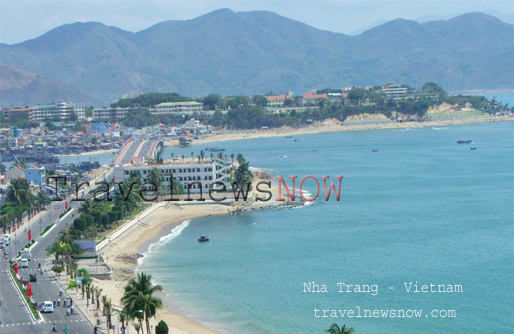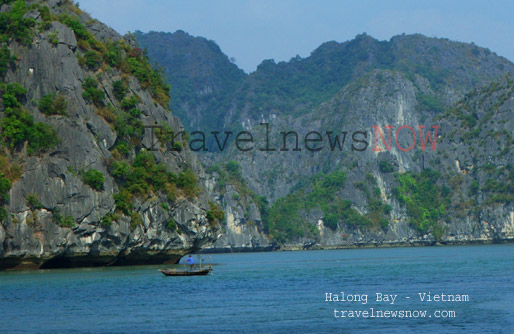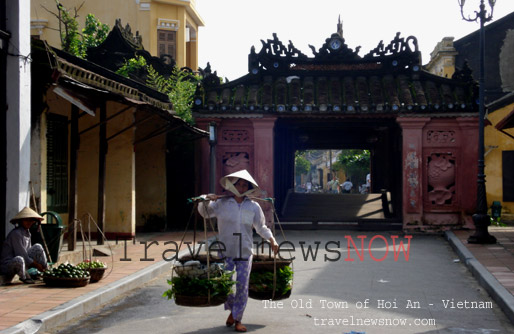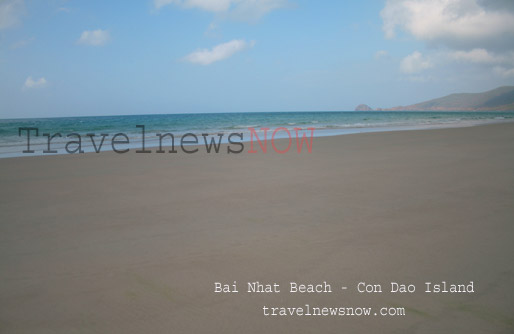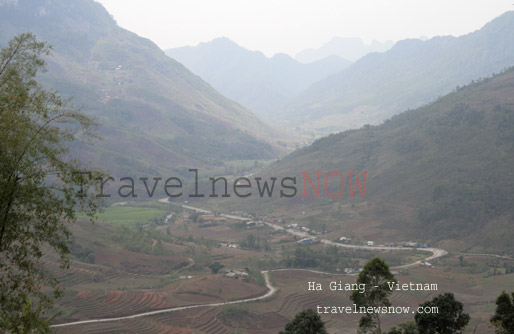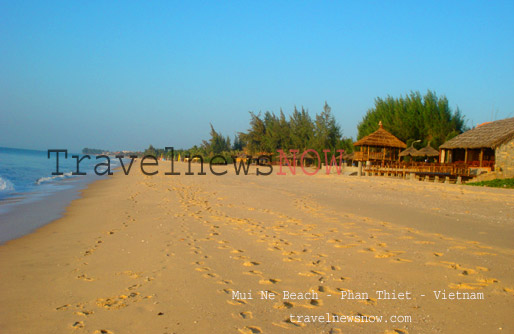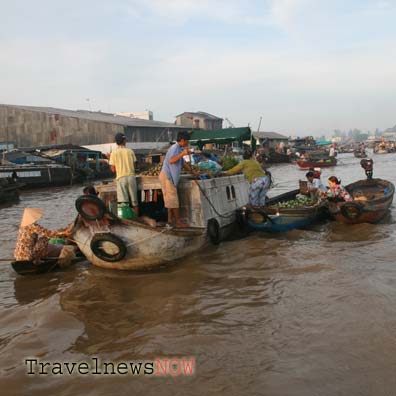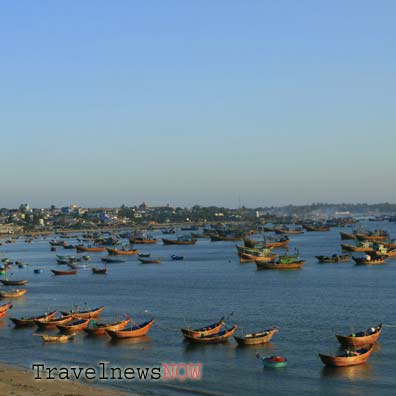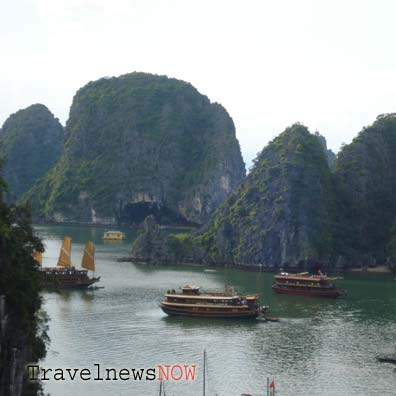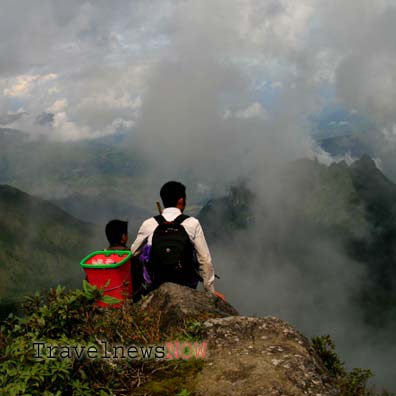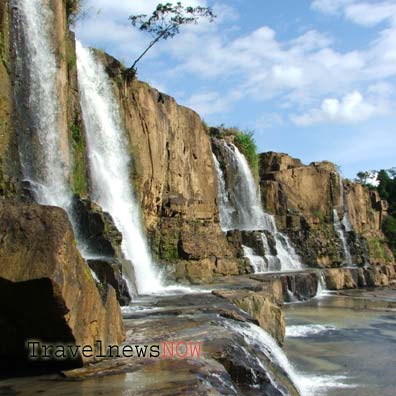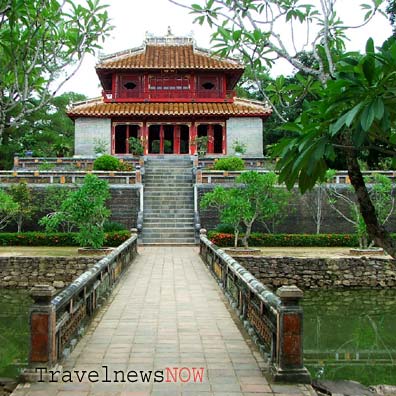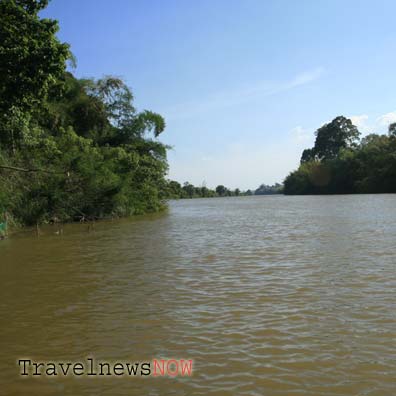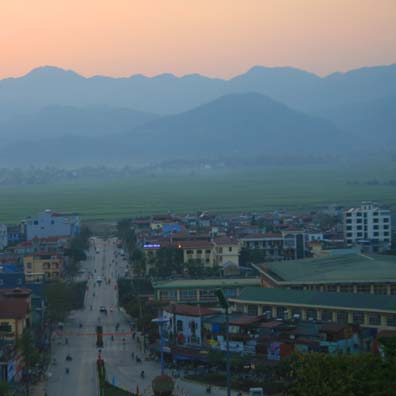Vietnam has been among the fasted growing travel destinations in the world for the past two decades. This review of Vietnam travel and Vietnam hotels will provide you with more understanding of this amazing country as an increasingly popular travel destination.
1/ Vietnam In the early 1990s
In the early 1990s Vietnam had been a war-torn country. The reunification of Vietnam was in 1975, but Vietnam did not have peace back yet. The war against the Khmer Rouge was from 1975 to 1989 and the war against the Chinese invasion was from 1979 to 1991 inland and at sea. Back then Vietnam had still been closed to the outside world: the economic embargo by the United States, the country was not on the map of the world travelers.
2/ Vietnam Tourism 1992-1994
From 1992-1994 Vietnam started enjoying peace all over the country; the economic renovation policy (Doi Moi) from 1986 had started showing positive results; a new constitution was passed laying the legal foundations for a market economy. World travelers started trickling into the country. Most foreign travelers to Vietnam during this period were intrepid visitors yet having big travel budgets. For the foreign visitors, traveling in Vietnam was not easy during this time; tourism was so new and travel services were just expensive; red tape was troublesome enough to drive people away…
3/ Vietnam Tourism 1995-1999
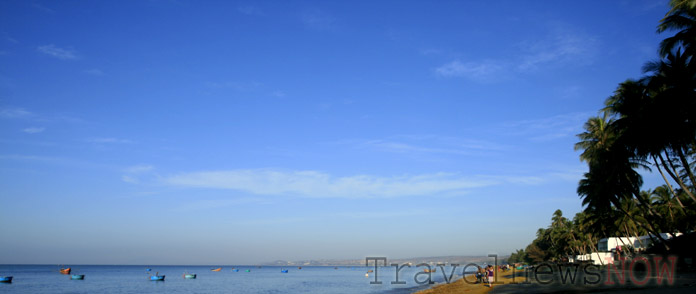
From 1995-1999 the US lifted the economic embargo and started diplomatic relationship with Vietnam. The country’s newly institutionalized legal system was at certain level ready to welcome flows of foreign investments into the country. And there was an influx of foreign travelers to Vietnam: luxury travel, adventure travel, budget travel and backpacking travel all surged. Yet the tourist infrastructure was not ready in all over Vietnam during this time.
In big cities like Hanoi and Ho Chi Minh City there were mostly bicycles, only few motorbikes and very few cars in the traffic. There were some big tourist coaches which were old and which broke down always. And the road system all over Vietnam was bad. Traveling from Hanoi to Halong Bay by tourist bus during this time would normally take 6-7 hours. The air-conditioners were always out of order and the vehicles broke down every now and again. It was normal that all tours started early in the morning (0500 A.M-0600 A.M) and concluded in the evening either early or late...
There were no soft sleepers on the train back then, the best class on local trains was hard sleepers with air-conditioning. Train journeys in the summer were often sticky and sleepless experiences. Yet booking train tickets was difficult.
During this period, new hotels were started being built slowly and old hotels were renovated. Accommodations were normally booked out and the room rates were just so high. Staff in travel and hospitality industries were far from professional and English was not spoken widely.
There were no luxury boats on Halong Bay or on the Mekong River back then. They were all normal tourist boats or fishing-boats converted to transport tourists. A visit on Halong Bay meant a 4-hour cruise or 5-hour cruise or a cruise from Halong Bay to Cat Ba Island. There were no overnight luxury cruises on the Mekong River either. Seafood on Halong Bay and all of Vietnam was of great quality and for cheap prices during this period.
There were no laws on tourism then governing travel agencies, tour operators, tour guides, hotels, tourist transport companies… All did business spontaneously and service quality was not standardized. Generally speaking, tourist services were pricey and the value was not quite worth the price. Still, the constant increase of foreign visitors to Vietnam from year to year proved that the market governed the players quite well that those provided good service thrived and vice versa...
4/ Vietnam Tourism 2000-2007
From 2000-2007, it was a new millennium for humanity. And it was a new chapter for Vietnam tourism having accumulated enough capital, experience, professionalism. There were regulations governing tourism which were passed in early 1999 and which started coming into effect from mid 1999.
New hotels were built all over the country and luxury boats were introduced on Halong Bay and on the Mekong River. Tourist vehicles were brand new and of good quality. Air-conditioning soft sleepers were widely available on all trains. There were massive developments regarding the road system with new highways all over Vietnam making road transport between cities just convenient. Airports were expanded and equipped with modern facilities. There were more daily flights on many new routes.
There were several tourism colleges and universities which provided much more professional workforce for the tourism industry in Vietnam. English was used widely. In big cities, there were still serious lack of good tour guides and hotel staff.
The SARS outbreak in 2003 and bird flu in 2004 did slow down the otherwise steady increase in the number of foreign travelers in Vietnam. But the negative impacts were not long-lasting. Vietnam tourism had certainly reached a new level of professionalism, and customer service was looked after better.
Vietnam tourism boomed in 2006-2007 when the country became a member of the WTO (2007). During this period, hotel room rates were extremely expensive due to serious lack of luxury hotels and luxury travel services.
5/ Vietnam Tourism 2008 – 2018
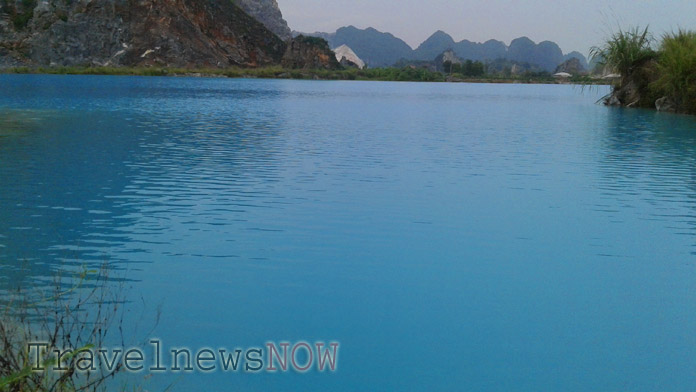
From 2008 – 2018 the global financial crisis and global economic downturn starting in 2008 did have bad effects on Vietnam tourism. Western travelers reduced their travel budgets. There were some difficulties with tour operators and hotels in Vietnam as there were not enough travelers to support normal business operations. There have been several new luxury hotels taking part in the industry. Prices for hotel rooms and travel services have become really reasonable.
While the country didn’t receive that big increase of Western visitors, there was a surge in the number of tourists from Russia, China and South Korea. Major beach cities like Mui Ne, Nha Trang, Da Nang and Hoi An are flooded with Chinese tourists; Russian tourists would normally go to Mui Ne and Nha Trang.
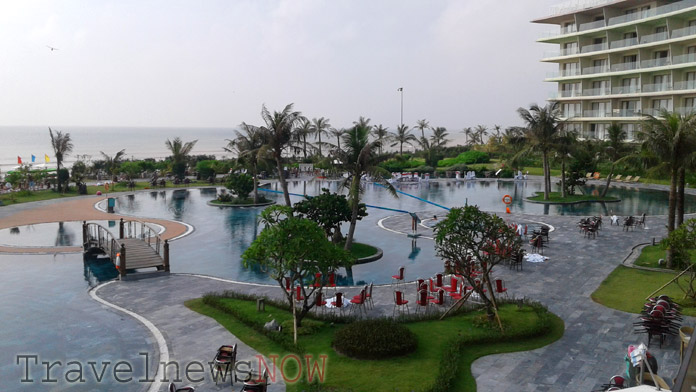
The visitors normally bring along some income to the country but relying on a single market or only few dominant markets poses some inherent risk to Vietnam tourism. There was a bad case in 2012 when a big Russian tour operator declared insolvency and thousands of their Russian tourists were stranded in Vietnam at the time. Some accumulated debts to the hotels in Mui Ne and Nha Trang were not paid at all and someone had to pay for the tourists’ expenses who were in Vietnam that time then. Figures were not clearly named but that was a big loss to Vietnam tourism which could take years to recover.
In the case of Chinese tourists and South Korean tourists, they normally book their Vietnam tours from tour companies in their own countries, staying in the hotels, dining at restaurants and shopping in shops owned by people from their own countries. In the case they have to book local hotels then rooms are booked out. There are no chances for other travelers to book into the same hotels after. For sure when the number of visitors from these countries drop suddenly which has happened; Vietnam tourism suffers.
It was only recently in 2018 that Vietnam tourism authorities discovered that Chinese tourists who were traveling Vietnam and who made all their payments to local shops, restaurants, hotels… all of which are owned by Chinese nationals. All the payments are done in cash, or by QRC, or POS devices which connects directly to payment agents, financial agents or banks in China without going through any Vietnamese financial agents or banks. It seems Vietnam has received a big Zero in taxes or in any forms of income for having millions of Chinese tourists to the country each year…
6/ Vietnam Tourism 2019
Vietnam tourism enjoyed one of the best years: 18 million foreign visitors and 85 million Vietnamese domestic tourists, total tourism revenue of 31 billion US Dollars. The vibe in the travel industry was great and more huge investments were poured into building tourist infrastructure: new hotels, new luxury cruise boats,..
7/ Vietnam tourism 2020 – May 2022
At the end of 2019 and beginning of 2020, the Covid-19 started showing its impact on Vietnam tourism which felt clearly in 2020. Most tourist activities in Vietnam came to a halt and every one was so disappointed. Employees in the restaurant, travel and hospitality industries were mostly out of work.
There were only 3.8 million foreign visitors to Vietnam in 2020 compared to the earlier ambitious plan of 20.5 million foreign visitors by Vietnam tourism authorities. And the number of foreign visitors to Vietnam in 2021 was fewer than 1 million! The number of Vietnamese domestic tourists was 34.7 million.
From early 2020 to May 2022 most travel companies, hotels, restaurants were closed most of the time!
8/ Vietnam tourism May 202 – till now (September 2022)
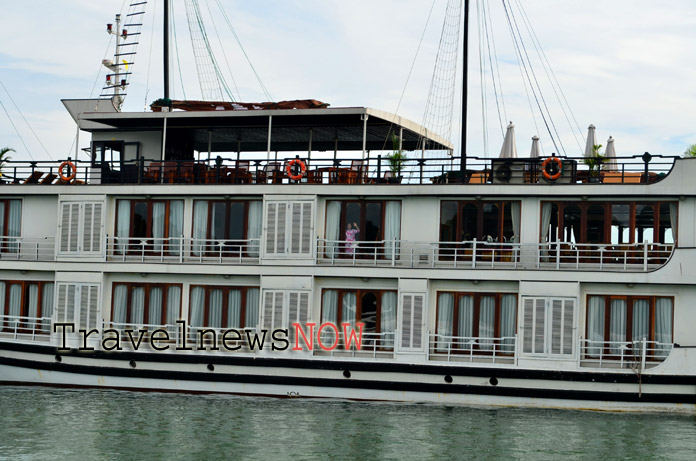
In May 2022, Vietnam was among the first countries in the world to lift all travel restrictions, domestic tourism boomed as if there had never been a pandemic at all! Most tourist attractions and travel destinations were chock full of Vietnamese tourists. Tallies at Noi Bai and Tan Son Nhat domestic terminals shows more than 100,000 travelers per day each surpassing the capacity of these terminals!
It took no time for Vietnam domestic tourism to fully recover! In the first 8 months of 2022, there were 79.8 Vietnamese tourists.
The number of foreign visitors to Vietnam in the first 8 months of 2022 was 1.44 million. Vietnam National Administration of Tourism goal is 5 million foreign visitors in the whole of 2022. But would Vietnam tourism meet its goal this year?

